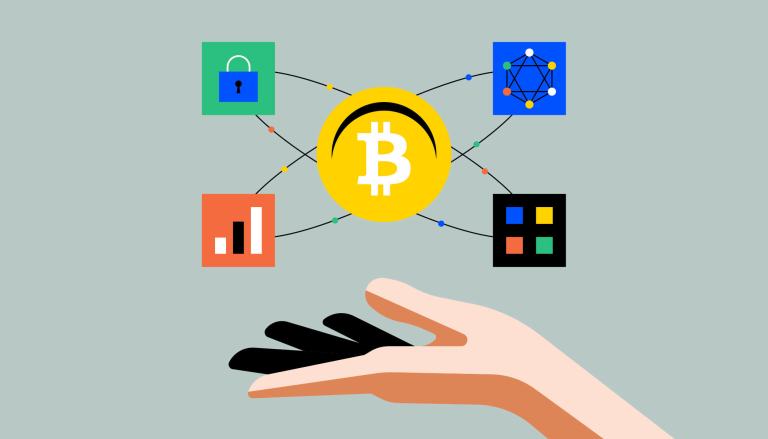Bitcoin whitepaper: simplified for everyone

The Bitcoin whitepaper, published in 2008 by an anonymous entity known as Satoshi Nakamoto, serves as the foundation for Bitcoin and blockchain technology.
The whitepaper proposes a decentralized digital system that uses cryptography to secure transactions and prevent double-spending.
This article breaks down the complex concepts in the Bitcoin whitepaper, making it easier for beginners to understand.
The Genesis of Bitcoin
The Bitcoin whitepaper was first published in 2008 by an anonymous individual or group known as Satoshi Nakamoto.
The paper, titled "Bitcoin: A Peer-to-Peer Electronic System," was published in the same year as the global banking crisis, but it does not explicitly state that it is a response to the crisis.
It proposed a new decentralized digital system that did not rely on traditional financial institutions. Instead, it used cryptography to secure transactions and prevent double-spending. The publication of the whitepaper attracted attention in the tech and cryptography communities, leading to the creation of Bitcoin in 2009.
The Core Concepts of the Bitcoin Whitepaper
The Bitcoin whitepaper introduces several key concepts that form the foundation of Bitcoin and blockchain technology. These include the idea of a decentralized network, the use of a proof-of-work system, and the concept of a timestamp server.
The paper also addresses the problem of double-spending, a potential issue in digital systems where the same unit of value could be spent twice. To prevent this, the whitepaper proposes a system where all parties agree on rules and cooperate in line with those rules, ensuring that records are valid and immutable.
The Impact of the Bitcoin Whitepaper
The Bitcoin whitepaper has had a substantial impact on the world of digital assets. It has served as the foundation for thousands of new digital assets. Despite the anonymity of its author, the whitepaper has been widely accepted and has led to the development of Bitcoin by the open-source community.
The technology outlined in the whitepaper has influenced the development of digital assets, challenging traditional financial systems and paving the way for a new era of decentralized finance.
Understanding the Bitcoin Network and Incentives
The Bitcoin network operates on a decentralized blockchain network. This means that it does not rely on a central authority or institution to oversee transactions. Instead, transactions are verified by network participants through a process known as mining.
Miners use their computational power to solve complex mathematical problems, and in return, they receive newly minted Bitcoin. This system aims to attract more participants to the network, potentially enhancing its security and decentralization.
The Legacy of the Bitcoin Whitepaper
The Bitcoin whitepaper has left an enduring legacy in the world of digital finance.
Its concepts have not only led to the creation of Bitcoin but have also influenced a multitude of other digital assets and blockchain-based solutions.
Despite its complex nature, the whitepaper's core principles of decentralization, security, and peer-to-peer transactions have become key principles in the digital asset space.
As we continue to explore the potential of blockchain technology, the Bitcoin whitepaper remains an important reference point for understanding the mechanics and philosophy behind digital currencies.

